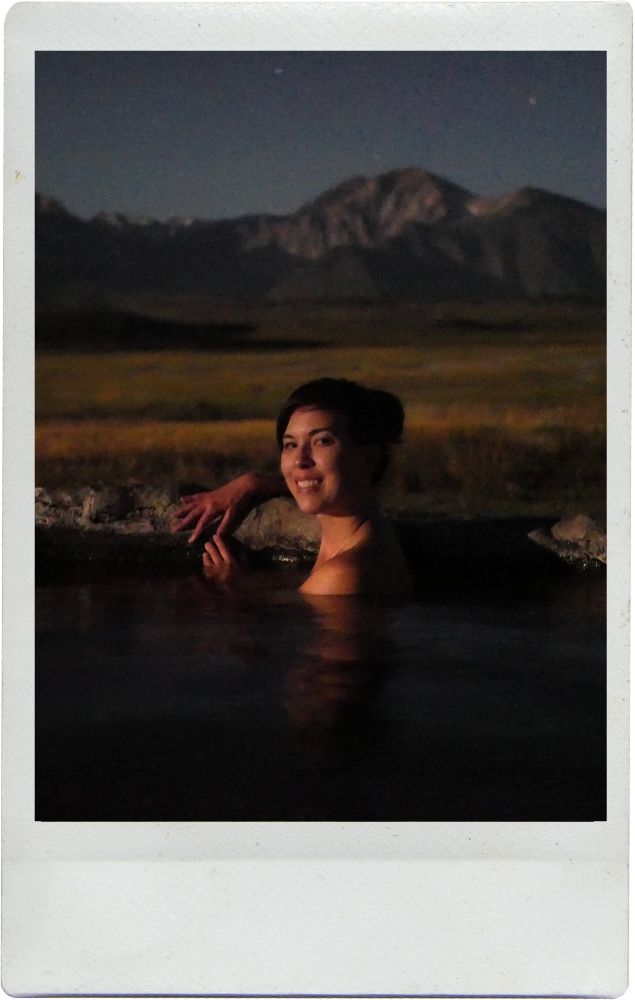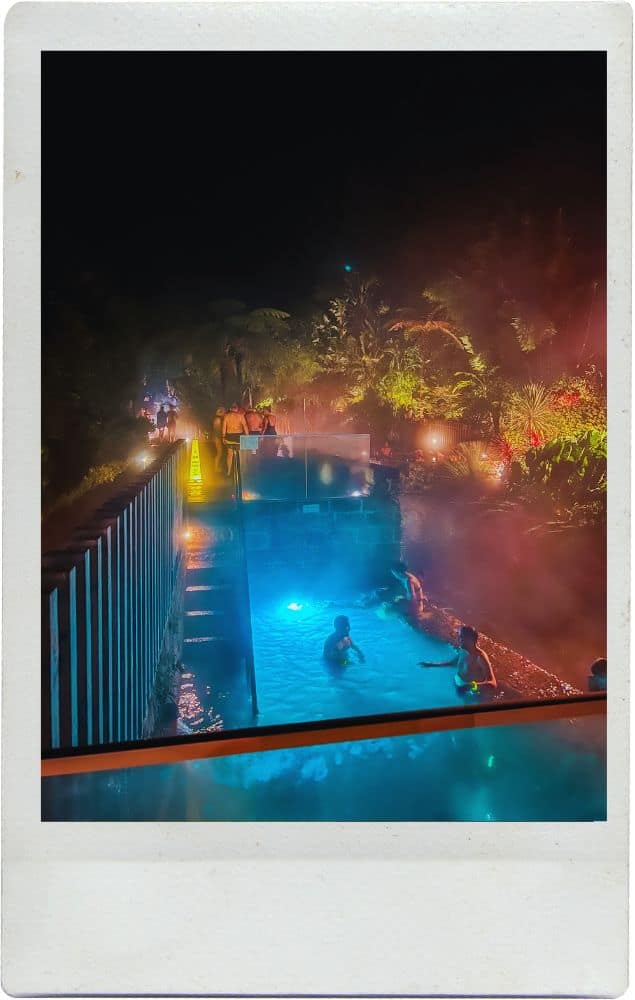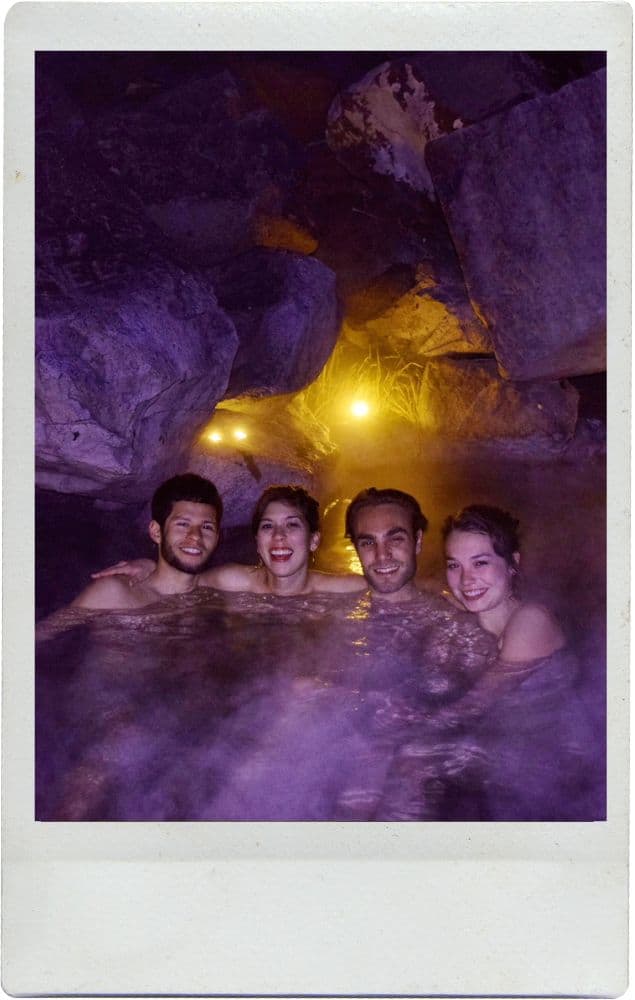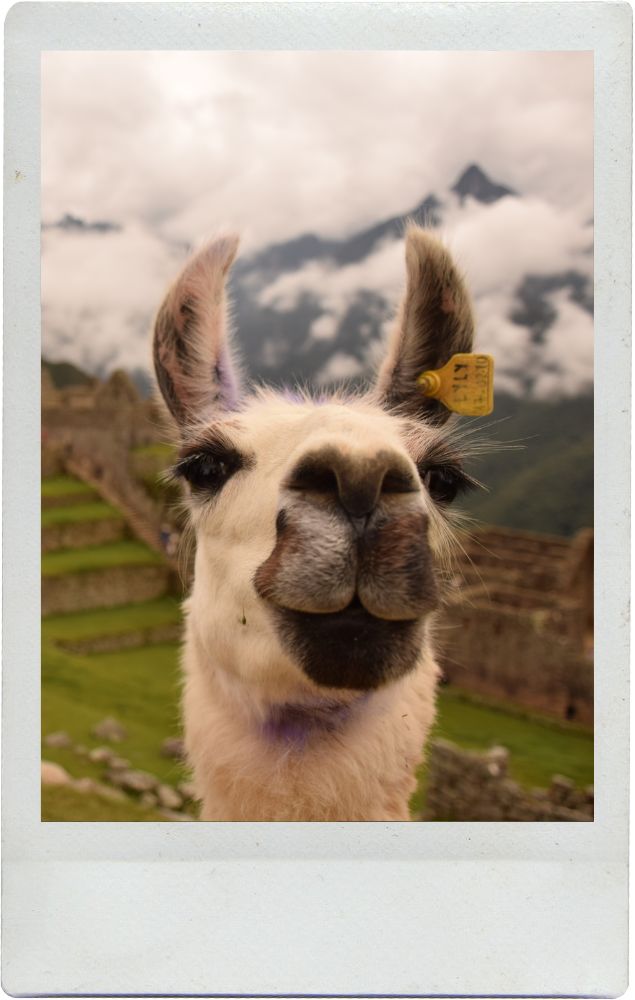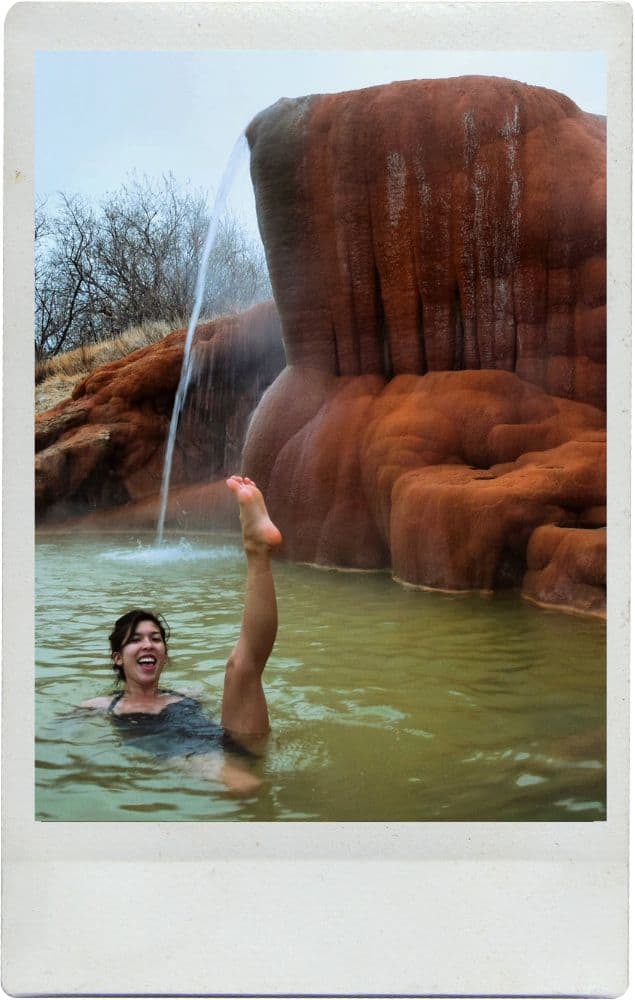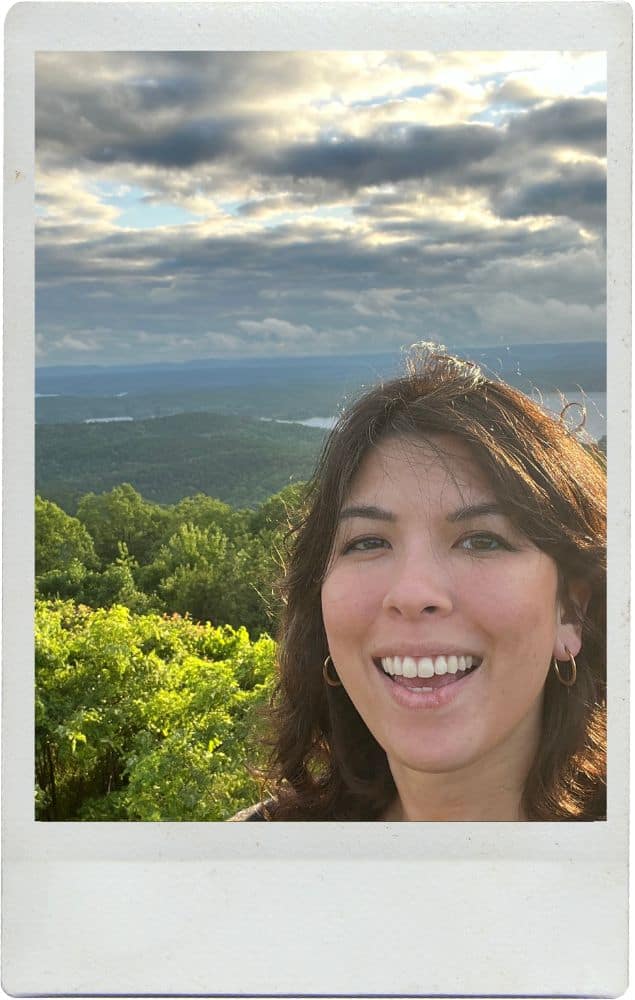Water That Remembers: Visiting the World’s Most Sacred Waters
Water has a way of holding memory – of prayers whispered on riverbanks, of rituals repeated for centuries, of miracles attributed to a single sip. In cultures around the globe, certain springs, lakes, rivers, and seas are revered as holy. Journeying to these waters can feel like stepping into a living story, a guidebook written by nature and belief. Below we explore some of the world’s most sacred waters – from high mountain lakes born of legends to healing springs and waterfall shrines – each one a place where the line between water and spirit blurs.
- Check out these blogs → The Ultimate Guide to Sacred Waters, Hot Springs, and Bath Houses
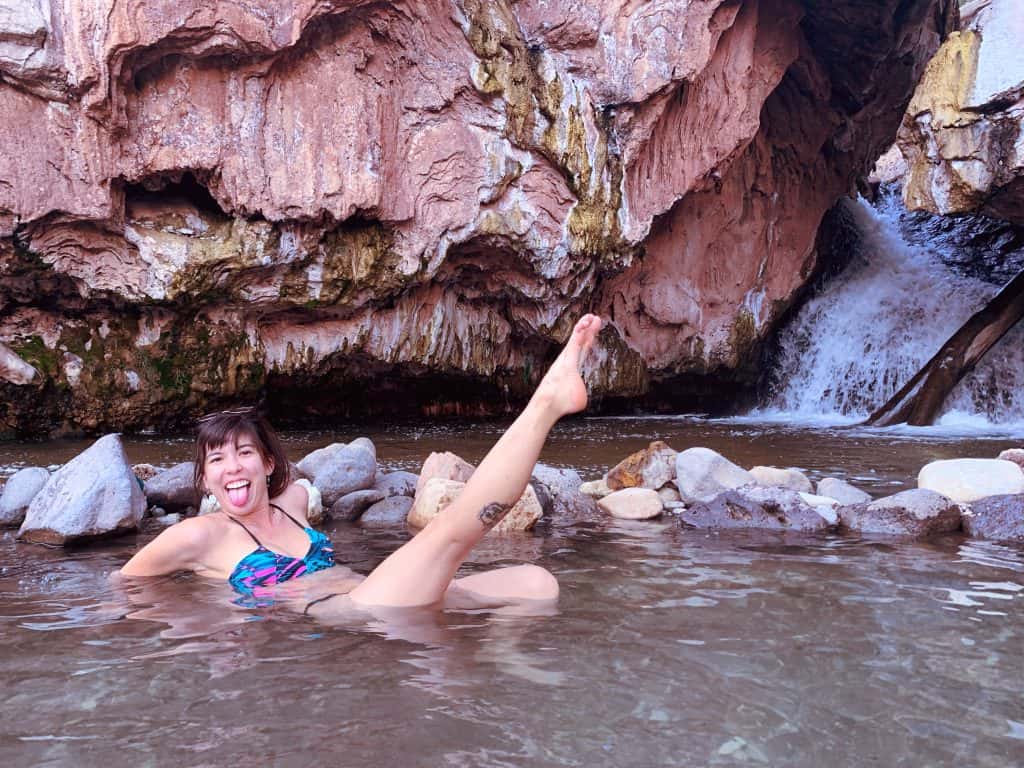
✧ Holy Springs and Wells ✧
Mount Shasta Springs (USA)
Mount Shasta, often called the Root Chakra of the Earth, is not only a sacred mountain — it’s also the source of revered waters. At its base, the crystal-clear headwaters of the Upper Sacramento River flow freely from a spring in the city park. To Native tribes like the Wintu, these waters are holy—used for prayer, healing, and spiritual renewal. Many spiritual seekers believe the spring carries “living water,” charged with high-vibrational energy tied to Shasta’s ancient power and Lemurian lore. Travelers from around the world come to appreciate, fill bottles, or drink by hand—eyes closed, hearts open, as if the mountain itself is offering a quiet blessing.
Don’t miss my full blog post → The Ultimate Guide to Mount Shasta, California: Mysticism, Mountains & Meaning
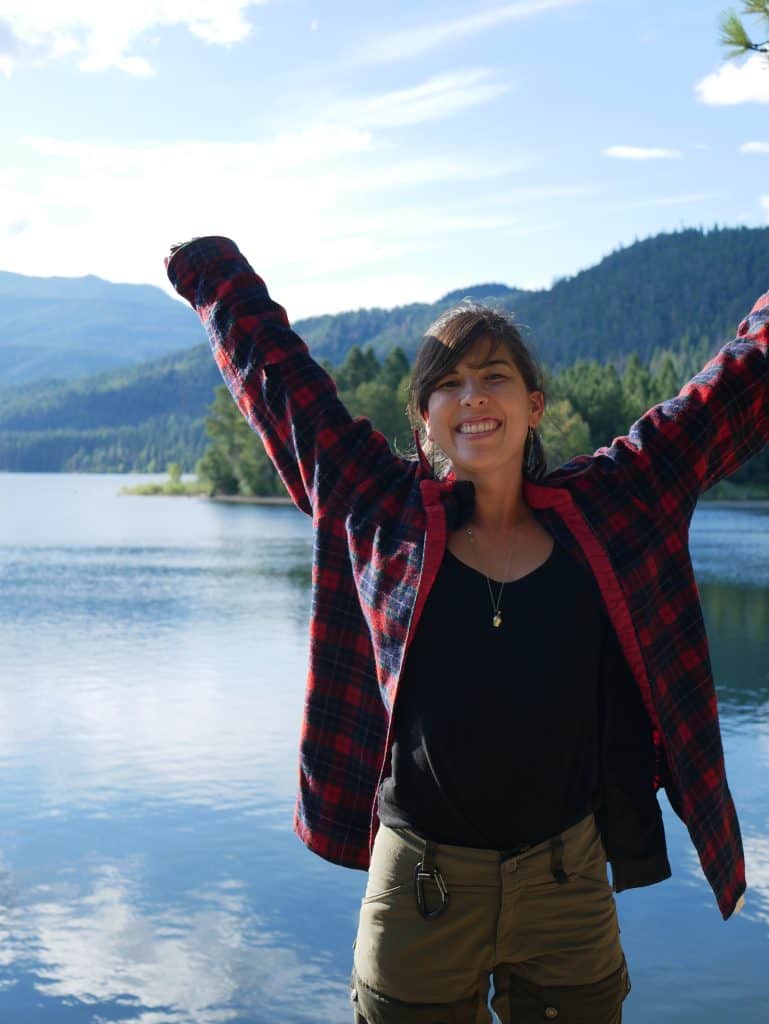
Lourdes (France)
In 1858, teenage Bernadette Soubirous had visions of the Virgin Mary in a grotto at Lourdes. Following Mary’s guidance, she dug into the earth—and a spring began to flow. Millions of pilgrims come each year to drink it or bathe in it, seeking spiritual and physical healing. Over the decades, nearly 7,000 cures have been recorded by the church as “unexpected healings,” though only about 60 are officially deemed miraculous by rigorous medical investigation. Science finds the water pure but not unique; the faithful, however, believe its power comes from divine grace. Candlelight processions, gentle bathing rituals, and quiet prayers make Lourdes a place of profound compassion. Whether or not you believe in miracles, the spring continues to offer comfort that transcends explanation.

Chalice Well (England)
At the foot of Glastonbury Tor, the Chalice Well flows with iron-rich water said to turn red from ancient legend. Some believe Joseph of Arimathea hid or washed the Holy Grail here, giving the spring its symbolic hue. Others see the nearby red and white springs as representing divine balance. For over two thousand years, this has been a place of healing, pilgrimage, and quiet reflection. Visitors still fill bottles from the “Lion’s Head” spout, drawn by the well’s gentle energy and timeless peace.

✧ Waterfalls and Sacred Pools ✧
Chichén Itzá’s Sacred Cenote (Mexico)
To the ancient Maya, cenotes were sacred portals—gateways to gods and the spirit world. At Chichén Itzá, the Cenote Sagrado was a site of offerings and sacrifice to the rain god Chaac. Jade, gold, and human remains have been found in its depths, confirming centuries-old rituals meant to beckon rain and renewal. Today, the cenote is quiet—viewed only from above out of reverence. Nearby, the swimmable Cenote Ik Kil offers a lush, open-air contrast, with vines spilling into turquoise waters. Together, they echo the Maya understanding: that water was life, death, and divinity. Traditional temazcal ceremonies still practiced across the Yucatán also honor this deep link between purification, earth, and spirit.
Don’t miss my full blog post →
- Cenotes of the Yucatán: Sacred Sinkholes & Hidden Blue Worlds
- Yucatán Temazcal Experience: Ancient Healing Through Steam & Ritual
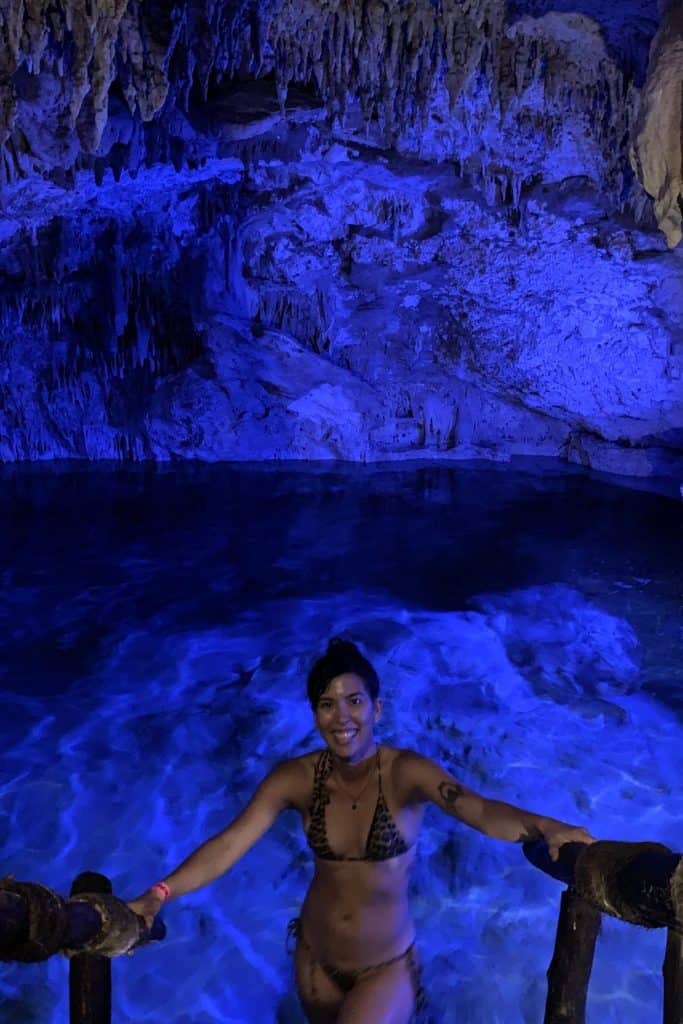
Kumano Nachi Falls (Japan)
Nachi-no-taki, Japan’s tallest uninterrupted waterfall, plunges 133 meters through misty forest and myth. Worshipped for over a thousand years, it embodies the spirit of Hiryū Gongen, a dragon-like waterfall deity in the Shinto-Buddhist tradition. Pilgrims end their Kumano Kōdō journey here, offering prayers at nearby Hiro Shrine or practicing takigyo—meditation beneath the pounding water. With its vermilion pagoda and thundering cascade, Nachi Falls feels like a living temple—ferocious, soothing, and undeniably sacred.

Caddo Lake (USA)
Caddo Lake, straddling the Texas–Louisiana border, is a maze of moss-draped bayous and ancient cypress trees. To the Caddo people, it’s sacred—its origin tied to floods, prophecy, and divine retribution. One legend tells of a chief’s dream that saved his people; another, of a village lost beneath the water. Geology hints these tales hold truth. Today, paddling through Caddo’s misty channels feels like entering a green cathedral—still, eerie, and alive. The lake carries memory in its roots, a reminder that even out of chaos, sacred beauty can rise.
Don’t miss my full blog post → Caddo Lake: The Most Mysterious Lake in Texas and Louisiana
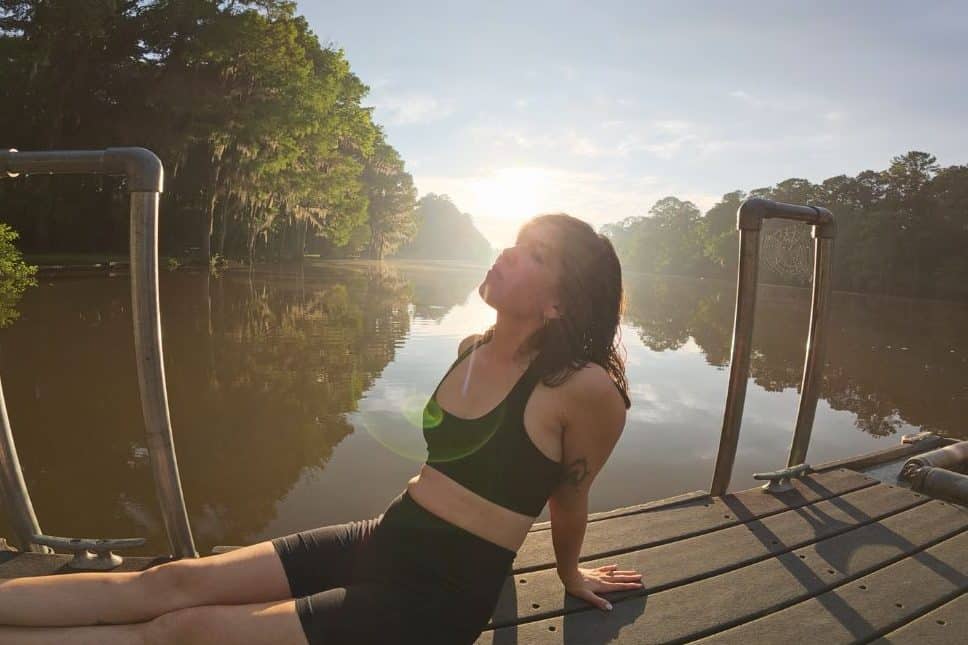
✧ Healing Baths and Hot Springs ✧
Ojo Caliente (USA)
Hidden in the high desert of New Mexico, Ojo Caliente is one of North America’s oldest known spa resorts—treasured by Indigenous peoples long before any hotel stood here. Its thermal springs bubble with mineral-rich waters—lithia, iron, soda, and arsenic—each with unique healing qualities. According to Tewa Pueblo legend, a hero once journeyed to the underworld through these very springs, which are still seen as a spiritual gateway. The name itself, Ojo Caliente (“hot eye”), hints at their ancient role as the Earth’s watching, healing eyes. Under the stars, the experience can even feel mystical – floating in naturally heated water while the Milky Way arches overhead.
While I haven’t personally soaked at Ojo Caliente, I’ve passed by many times and have explored other hot springs and bath houses throughout the region. You can find those experiences and more recommendations here → The Best Hot Springs & Bath Houses in New Mexico.
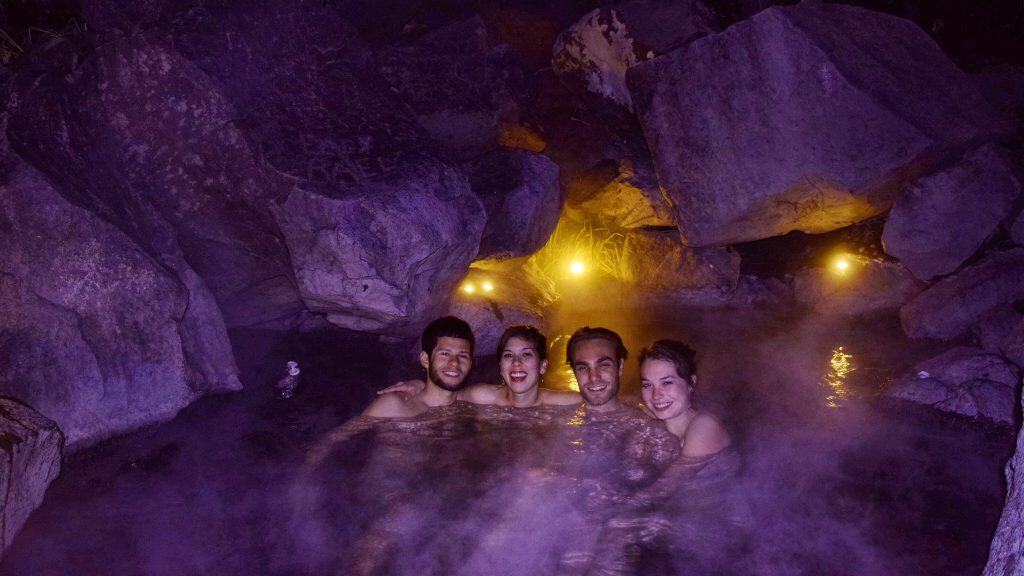
Hot Springs & Lake Ouachita (USA)
In the Ouachita Mountains of Arkansas, water and earth meet to form a rare double blessing: the thermal springs of Hot Springs National Park and the crystal-clear expanse of Lake Ouachita. Known as “The American Spa,” Hot Springs has long been a healing destination—first for Native tribes like the Quapaw, who bathed here in peace, and later for 19th-century spa-goers on historic Bathhouse Row. Today, you can still soak in mineral-rich waters and even sip from public fountains believed to support internal wellness. Just beyond town, Lake Ouachita—one of the cleanest lakes in the U.S.—offers a cooling counterpart. Surrounded by forest and fed by quartz-rich earth, its waters are said to carry a subtle, energizing charge. Together, these places offer a kind of elemental renewal—hot and cool, ancient and alive.
You can explore more in my full blog posts:
→ Things to Do in Hot Springs, Arkansas (2025)
→ Why You Should Visit the Ouachita Region: Nature, Crystal Mining & Solitude
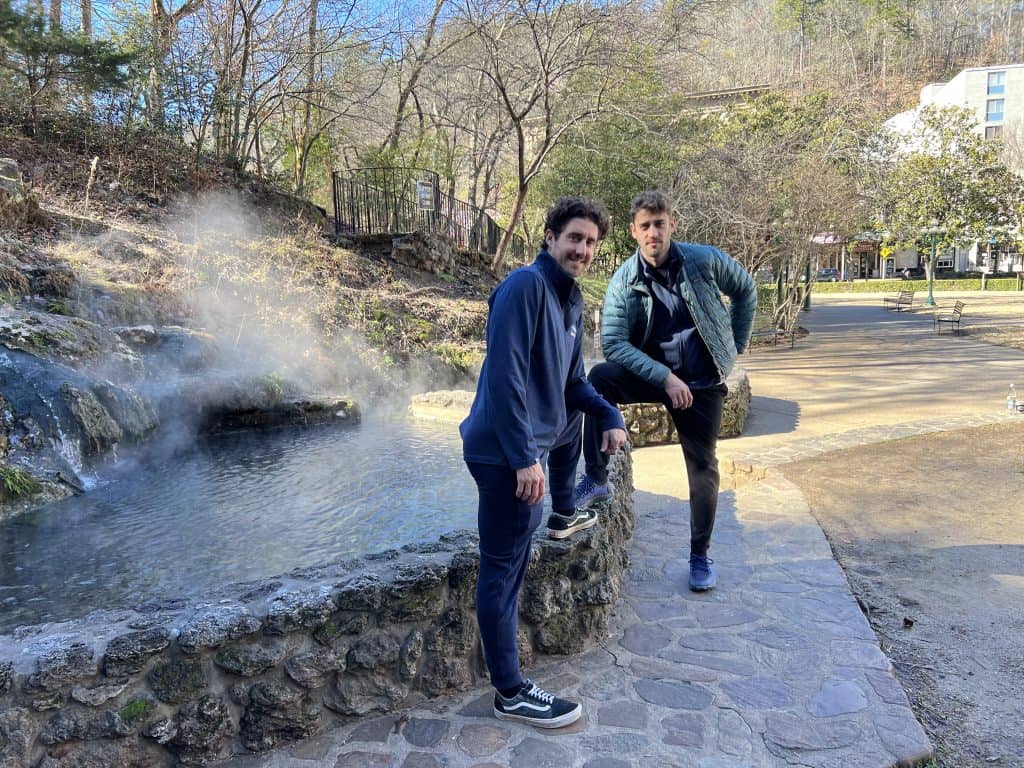
Pamukkale (Turkey)
At Pamukkale, the earth sculpts water into beauty. Chalk-white travertine terraces spill down the hillside, cradling sky-blue thermal pools—hence the name “Cotton Castle.” For millennia, these springs have been revered for healing. The ancient city of Hierapolis was built above them in the 2nd century BC as a spa town; legends say Cleopatra herself bathed here. Today, visitors wade barefoot through warm pools, some among ancient marble ruins, where the 36°C (97°F) waters are still believed to support skin and circulation. Whether or not you believe in their medicinal power, soaking here at sunset—when the terraces blush with orange-pink light—feels like nature’s own spa ritual. Pamukkale is a World Heritage Site that blends natural wonder with a sacred heritage of healing.
While I’ve visited Turkey a few times, I still haven’t made it to Pamukkale—but it’s high on my list.

Banjar Hot Springs (Indonesia)
Tucked into Bali’s lush northern hills, the Air Panas Banjar hot springs have been cherished for centuries as sacred healing waters. Flowing from stone naga dragon spouts into green sulfur-rich pools (~38°C / 100°F), the springs are believed to ease skin ailments and rheumatism. Surrounded by jungle gardens and Balinese temples, the three-tiered baths feel both soothing and spiritual. Locals often offer a prayer before entering, honoring the spring’s sacred spirit. Arrive early and you may find yourself alone in the misty morning steam, letting the warm water wash away more than just physical tension.

Kinosaki Onsen (Japan)
Kinosaki Onsen, a charming town in western Japan, feels like a living woodblock print—willow-lined canals, old ryokans, and guests strolling in yukata and sandals. For over 1,300 years, people have come here to soak in its seven public bathhouses, each with its own character—from cave-like grottos to garden-view open-air baths. Legend says a white stork first discovered the springs, healing its injured leg in the warm marshes. Another tale credits a monk who prayed for 1,000 days until the waters appeared. Today, the ritual of bathing—cleansing, soaking, reflecting—is both meditative and communal. Locals and visitors alike hop from bath to bath, relaxing into a slower rhythm. Even the storks still return, as if they remember the secret of these healing waters.
✧ Lakes of Legend and Purity ✧
Lake Titicaca (Peru/Bolivia)
Straddling the Andes at 12,500 feet, Lake Titicaca is often called the birthplace of the Inca. In Inca mythology, the sun god Inti was born here and the first Inca ancestors emerged from a rock on the lake’s Isla del Sol. Even today, this deep blue lake exudes a mystical serenity. Visitors find magic in its thin-aired stillness – from the floating reed islands of the Uros people to sunsets that turn the waters to liquid gold. It’s a place where myth and reality intertwine on the shimmering “roof of the world.”
Though I havnt gotten a chance to lake Titicaca, I have seen a good amount of Peru you can check out my blog post here → Peru Travel Guide: 26 Unforgettable Things to Do.
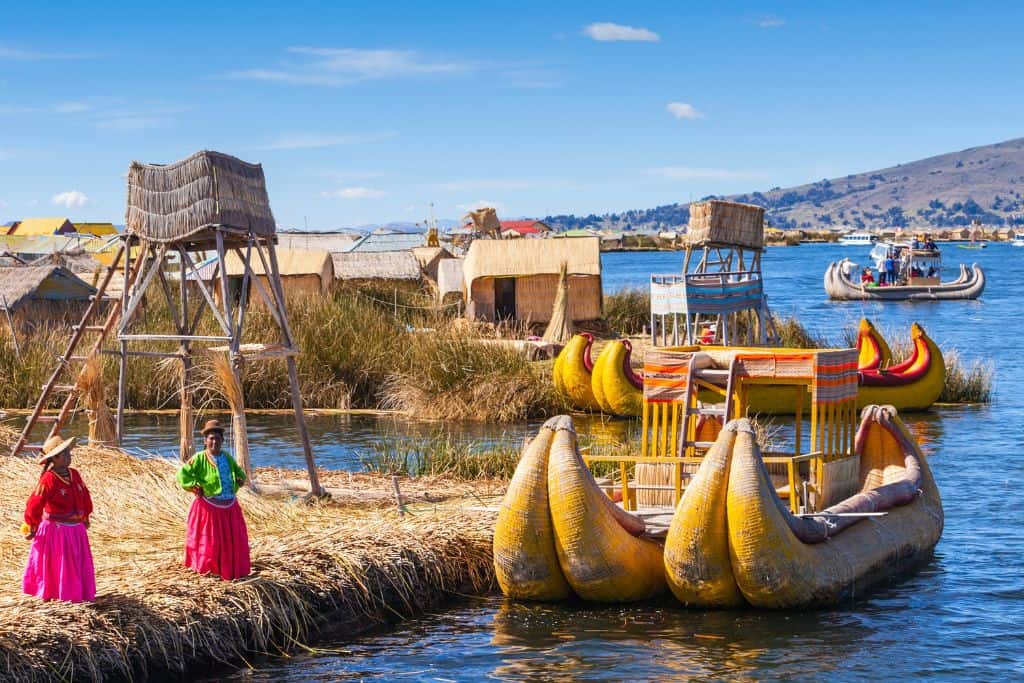
Lake Manasarovar (Tibet)
Nestled beside holy Mount Kailash in the Himalayas, Manasarovar is one of the highest freshwater lakes on Earth and a focal point for multiple faiths. Hindus believe the lake was first created in the mind of the god Brahma before manifesting on Earth, and that bathing in its icy waters cleanses one’s sins across lifetimes. Buddhists revere it as the site where Queen Maya conceived Buddha. Pilgrims undertake the arduous journey here to circumnavigate the lake and take ritual dips, often braving freezing temperatures for a moment of spiritual purity amid towering peaks.
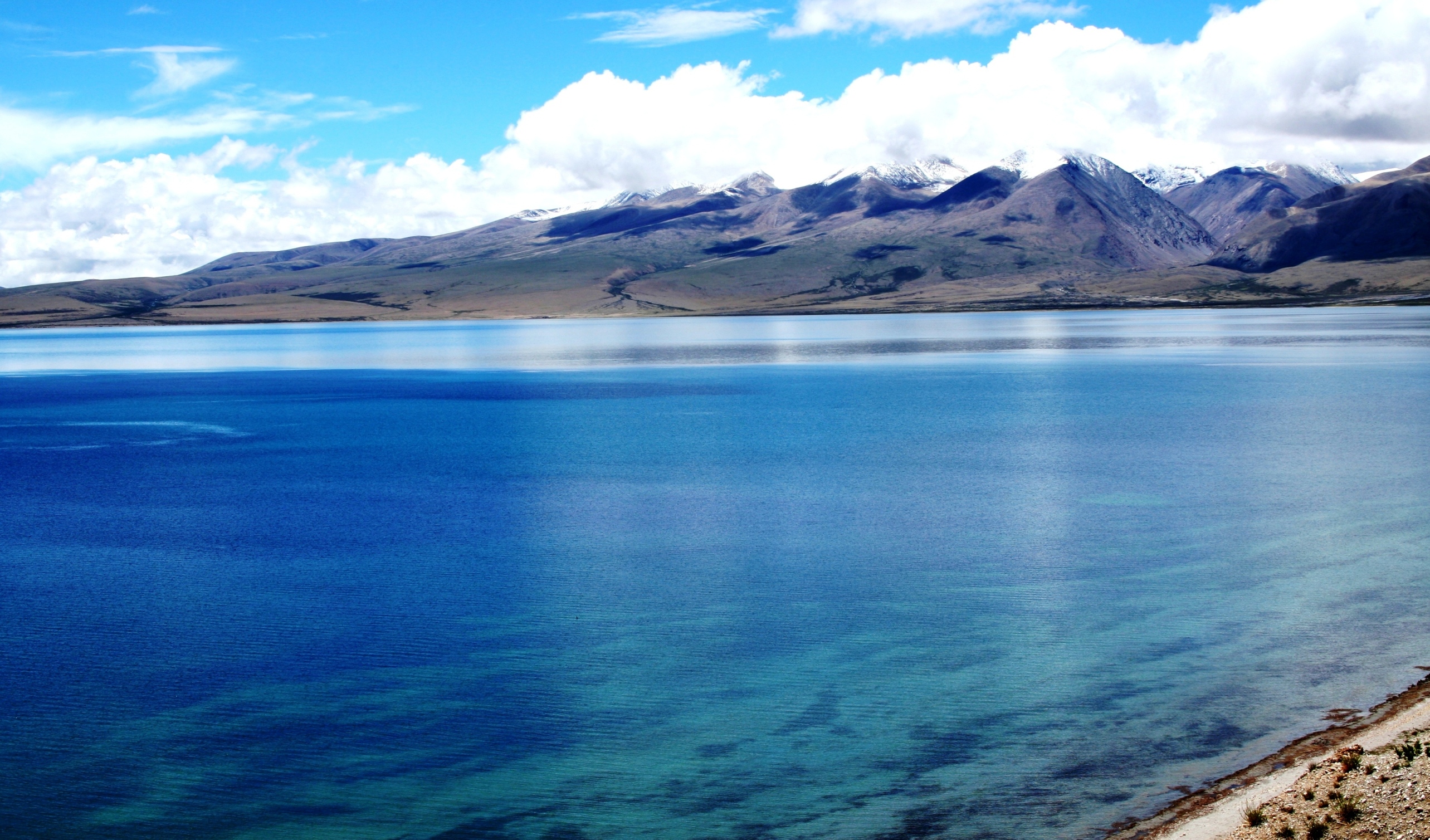
Lake Atitlán (Guatemala)
Ringed by volcanoes and traditional Maya villages, Atitlán is often described as one of the world’s most beautiful lakes. But it’s more than scenery – it’s considered the spiritual heartland of the highland Maya communities. Ancient legends speak of a hidden underworld beneath its depths and a powerful wind, Xocomil, that sweeps the lake each afternoon to carry away negative energy. Many travelers, drawn by the lake’s almost hypnotic tranquility, describe feeling an immediate sense of peace or even healing here. Whether you join a Mayan fire ceremony in a lakeside cave or simply watch dawn light spill over the water, Atitlán invites a gentle, introspective connection.
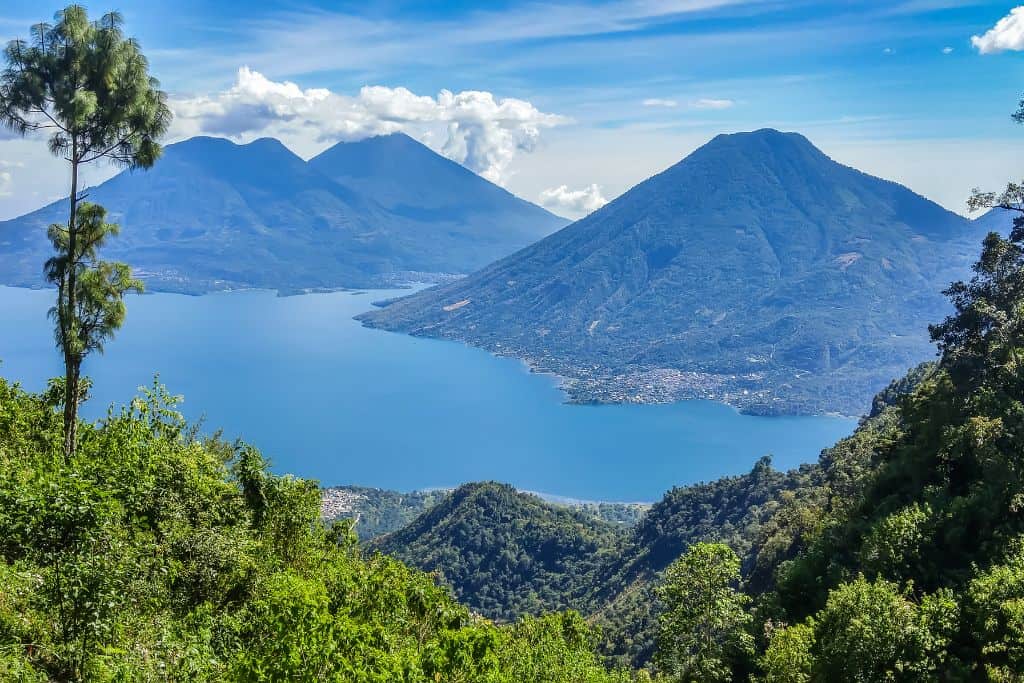
Lake Fundudzi (South Africa)
Tucked in a remote valley of Limpopo, Lake Fundudzi remains one of Africa’s secret sacred sites. The Venda people have guarded its mystique for generations. One legend tells of a python god of fertility that dwells beneath Fundudzi’s waters – in ancient times it would surface and take human wives, until a startled bride broke a taboo and the serpent retreated below, bringing drought until appeased. Another tale speaks of a village that once denied a wandering leper hospitality; he cursed them and the entire village sank beneath Fundudzi’s waters. Even today, local custom asks visitors to approach the lake with respect – historically by viewing it only with their backs turned and between their legs (the ukodola ritual) as a sign of humility. Surrounded by verdant forests (also sacred and strictly protected), Lake Fundudzi feels imbued with an ancient, untouched power – a place where every ripple might conceal a spirit or a story.
Sea of Galilee (Israel)
Actually a freshwater lake (also called Lake Kinneret), the Sea of Galilee holds profound significance for Christian pilgrims. Along these shores, Jesus recruited fishermen disciples and taught crowds, and on these waters he is believed to have walked on water and calmed a storm. The lake’s gentle beaches at Tabgha and the Mount of Beatitudes are dotted with chapels marking biblical events. Taking a boat ride on the Sea of Galilee at sunrise, one can easily imagine the biblical scenes – the dip of oars and quiet faith of those who once traveled these waters. Beyond its scriptural fame, the Sea of Galilee today is vital as Israel’s primary water source and a tranquil getaway. Pilgrims and tourists alike find that a simple moment of silence on the lake’s edge – feeling the breeze, hearing the lapping waves – can be a moving spiritual experience, a communion with centuries of belief that seem to linger in the very waters.
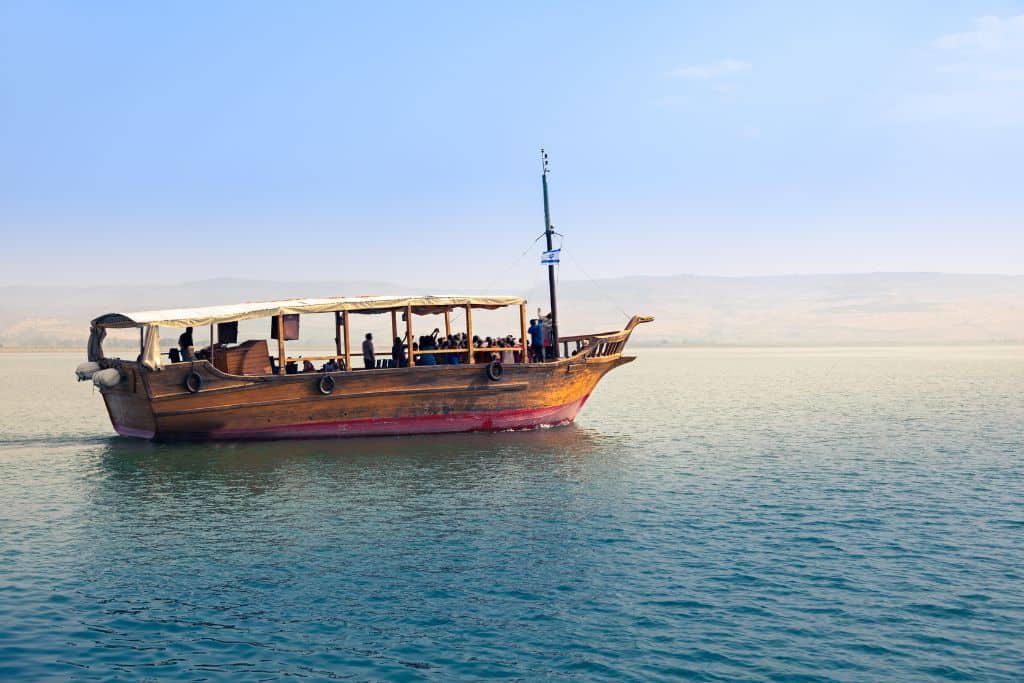
✧ Rivers of Faith and Ritual ✧
River Ganges (India)
Flowing 2,500 kilometers from the Himalayas to the Bay of Bengal, the Ganges (or Ganga) is more than a river – to Hindus, she is a living goddess. It is one of the seven sacred rivers of Hinduism, and millions travel to her banks yearly to bathe in her waters and wash away sins. In the dawn light at Varanasi, devotees descend the ghats (steps) into the river, the air thick with incense and Vedic chants, offering marigold blooms and oil lamps that drift downstream. Funeral pyres burn along the shore, as the Ganga also carries departed souls toward liberation. Yes, the river today faces pollution challenges, yet belief in her purity endures. The Ganges embodies forgiveness and the eternal cycle of death and rebirth – a water that remembers every prayer and tear shed into it, carrying them to the sea.
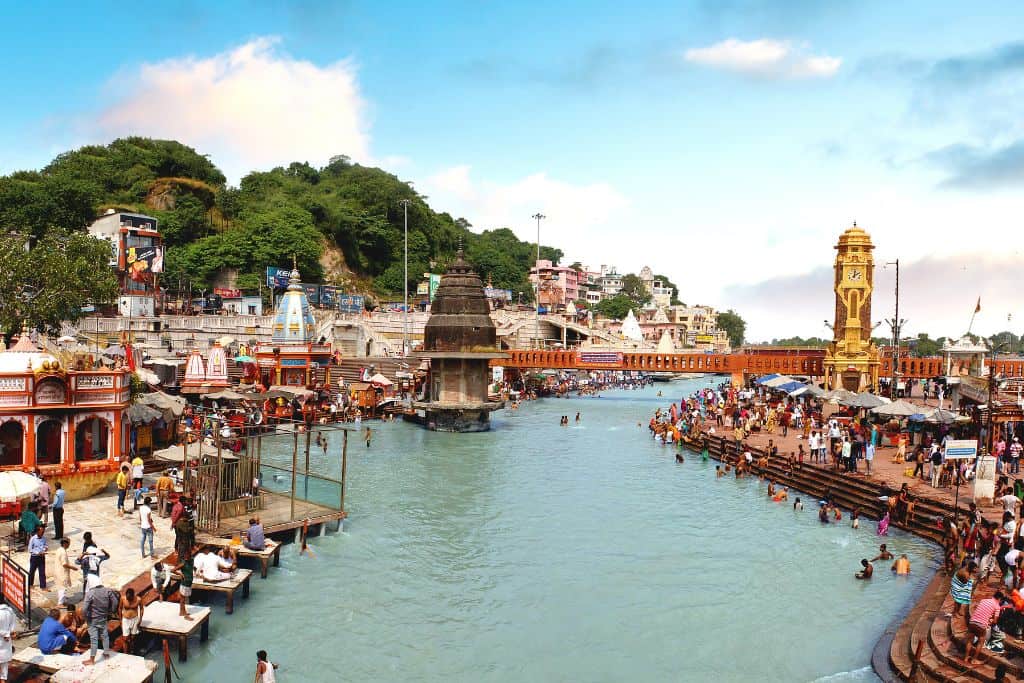
Jordan River (Middle East)
A modest river by geography, the Jordan looms huge in religious history. It was the final barrier the Israelites crossed into the Promised Land in the Hebrew Bible, and later the site where John the Baptist baptized Jesus, according to the New Testament. At the Al-Maghtas site on its banks (a UNESCO heritage spot in Jordan), pilgrims wearing white robes step into the murky shallows to renew their baptismal vows. Upstream, the river’s gentle flow belies its significance – this is a boundary both literal and symbolic. The Jordan today separates countries, but unites those of Judeo-Christian faith in the memory of deliverance and salvation. To cup these waters in your hands is to touch a piece of living scripture and feel a connection to prophets, pilgrims, and history.
River Nile (Egypt)
The Nile was the lifeblood of ancient Egypt – so much so that the Egyptians deified it. The annual flood was personified as the god Hapi, depicted as an androgynous figure representing fertility and abundance. For thousands of years, Egyptians offered prayers and gifts to the Nile, thanking it for the black soil that grew their crops. Temples and inscriptions along its banks speak of the Nile’s sacred role; even the river’s source was dubbed the “Mountains of the Moon” in antiquity, shrouded in mystery. A cruise on the Nile today reveals palm-lined villages and timeless scenes of fishermen casting nets at twilight. As you glide past the ruins of Luxor or Philae, it’s easy to see why the ancients worshipped this river – it still feels eternal. The Nile remembers the rise and fall of pharaohs. It remains a giver of life, revered in both ancient and modern contexts as a symbol of sustenance, renewal, and the flow of time.
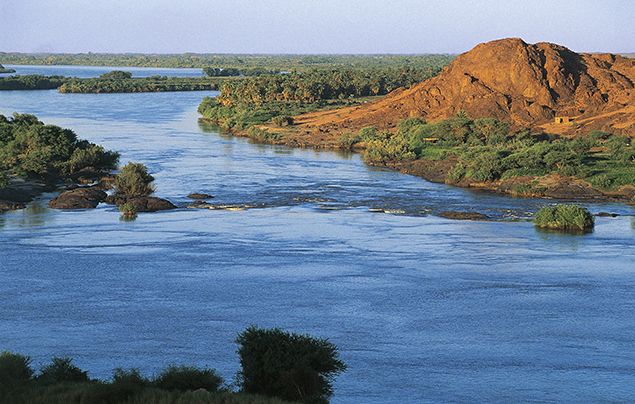
Osun River (Nigeria)
Winding through the Yoruba heartland, the Osun River is revered as the embodiment of Oshun, the orisha of love, fertility, and fresh water. In Osogbo’s Sacred Grove—a UNESCO World Heritage Site—devotees honor her each year with offerings of flowers, food, and prayers. Shrines and sculptures dot the forest, celebrating Oshun’s blessings. Her influence extends far beyond Nigeria, remembered in Afro-Caribbean traditions with river offerings and rituals. To visit the Osun River is to witness a living faith where water itself is divine—“she who flows,” still answering prayers as she has for centuries.

Ocean Reverence and Traditions
Yemanjá’s Ocean (Brazil & West Africa)
On sacred nights in Brazil, beaches glow with candles and music as offerings are made to Yemanjá, the Afro-Brazilian goddess of the sea. Originating from the Yoruba deity Yemoja, she embodies motherhood and oceanic power. In Salvador, Bahia, tens of thousands gather each February 2nd, sending gifts afloat on the water—if they sink, Yemanjá is said to accept them. Similar rituals unfold on New Year’s Eve in Rio, where millions toss white roses into the Atlantic. Across the Atlantic in West Africa, she’s still honored. Through Yemanjá, the ocean becomes a living mother—listening, remembering, and offering grace in return.
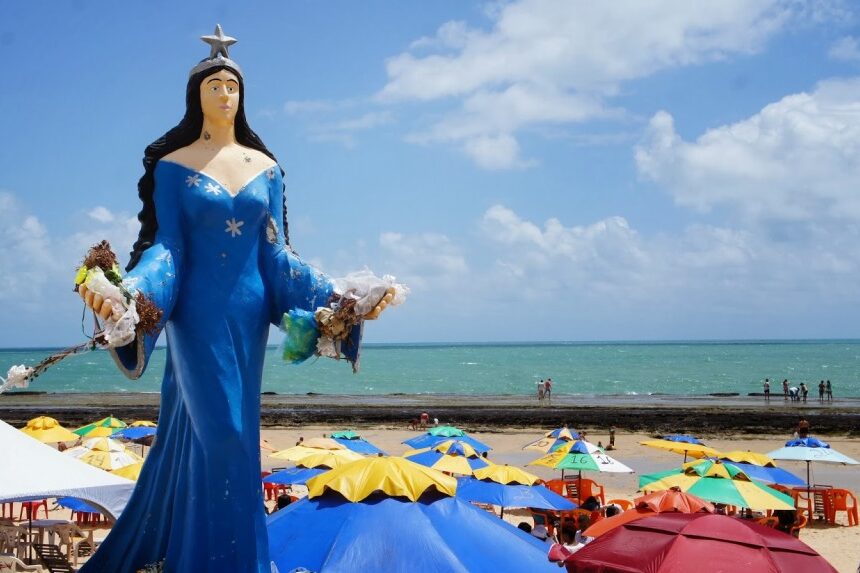
Each of these sacred waters – be it a spring hidden in a well, a mighty river, or the boundless sea – carries stories as old as time. They are destinations, yes, but also living symbols of healing, hope, and the divine in nature. Travel to them is often as much a journey inward as outward. One cannot help but approach with a sense of wonder and respect, for you quickly realize that these waters have been witness to countless rituals, tears of supplication, and cries of joy. The idea of “water that remembers” speaks to the notion that water holds energy – that perhaps the love and reverence of millions of people imbue these places with a palpable aura.
In our modern, hurried world, visiting a sacred water site can be a chance to slow down and reconnect with something fundamental. You might leave a small offering, or take a tiny sip, or simply sit in silence by the shore. And whether or not you believe in the myths, you may feel uplifted or centered in a way that’s hard to put into words. It’s the gentle power of water at work – cleansing, connecting, and carrying memory. These are the waters that human communities have long cherished. In their reflection, we see our own beliefs and aspirations mirrored back. And as long as people continue to journey to their banks and brim, the world’s most sacred waters will continue to flow, remembering and renewing all who come to them with an open heart.


